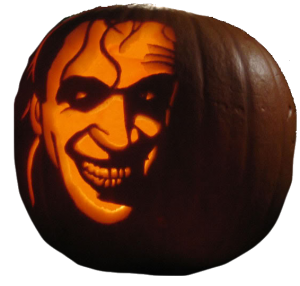Joker and the Man who laughs, just to be clear
“εἰς τὰ ἴδια ἦλθεν καὶ οἱ ἴδιοι αὐτὸν οὐ παρέλαβον”
(‘He came to His Property, and His ones did not accept Him’).
(From the Gospel according to saint John,
also quoted in V. Hugo’s ‘the Man who laughs’).
Crazy about Victor Hugo’s masterpiece, we have always had an ill-concealed disappointment about the possibility that our Hero Gwynplaine could have inspired the Joker, a negative character, a villain, dressed as a dandy but with that villain purple-violet that has always characterized the bad ones.
Nor will ever be tolerable anyone who speaks without knowledge of the cause.
Nor, above all, the reading of the ‘the Man who laughs’ leaves anyone who has faced it as shallow as he was before.
Anyone who has read the Book is perfectly aware of how deep, sublime, even devastating the adventure can be.
The quotations that later literature, cinema and other arts have recognized him are innumerable, certainly impossible to be listed here. When one mentions it, however, precisely because of the already mentioned depth, he can quotes it in pieces, just extrapolating some atoms of meaning.
In his artbook – autobiography ‘Jerry and the Joker’ (Dark Horse, 2017), Jerry Robinson, the first hour historian of Bob Kane and Bill Finger, tells the genesis of what is probably one of Batman’s best antagonists. He tells of a frantic search in the drawers of the house, looking for a deck of cards and, from these, the perfect image for what had flashed in his mind.
Robinson also tells that Bill Finger, after having seen in a magazine the photo of the actor Conrad Veidt, rigged to act in ‘The Man Who Laughs’ (1928), showed it to him too, considering it suitable . *
Our belief is that the inspiration, if it really happened in the terms described above, had been merely iconic, free from any psychological or spiritual ambition.
With regards to the excellent ‘Joker’ by Todd Phillips, (altro…)


